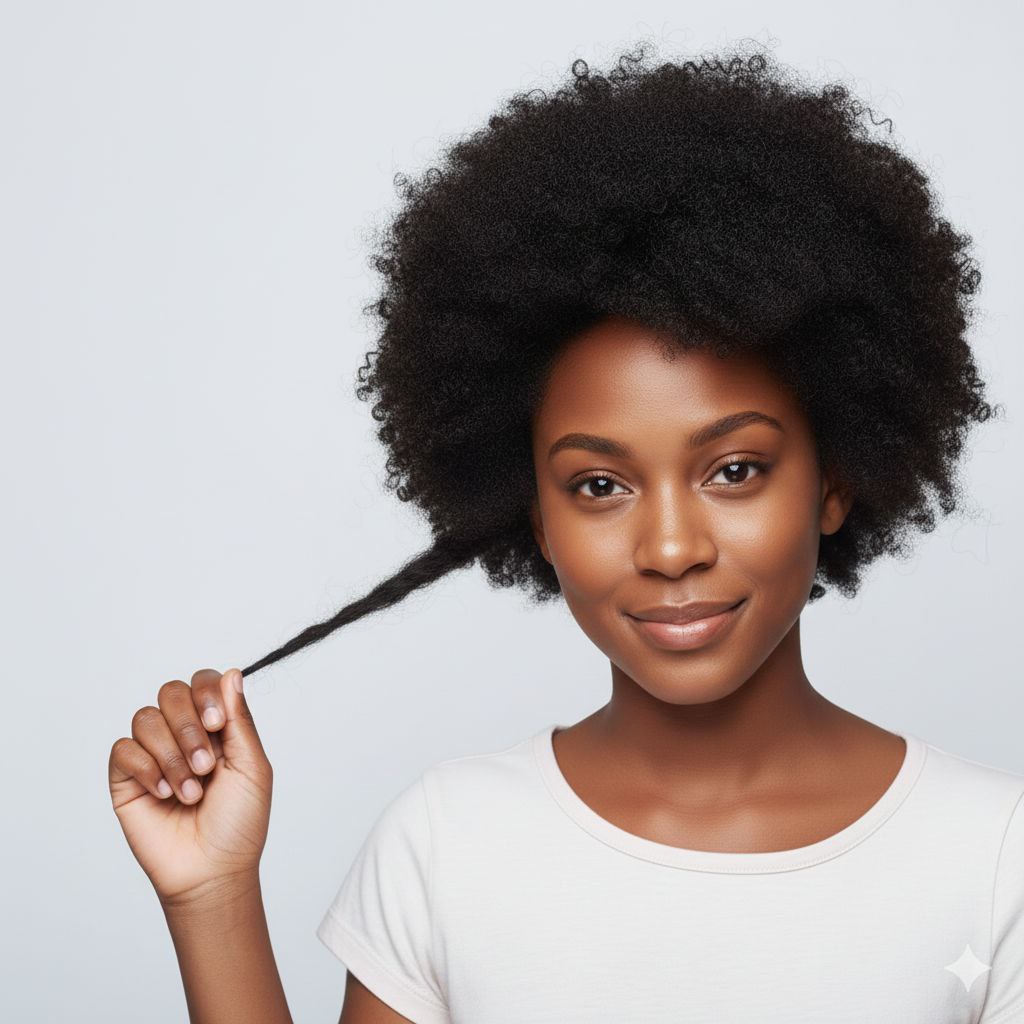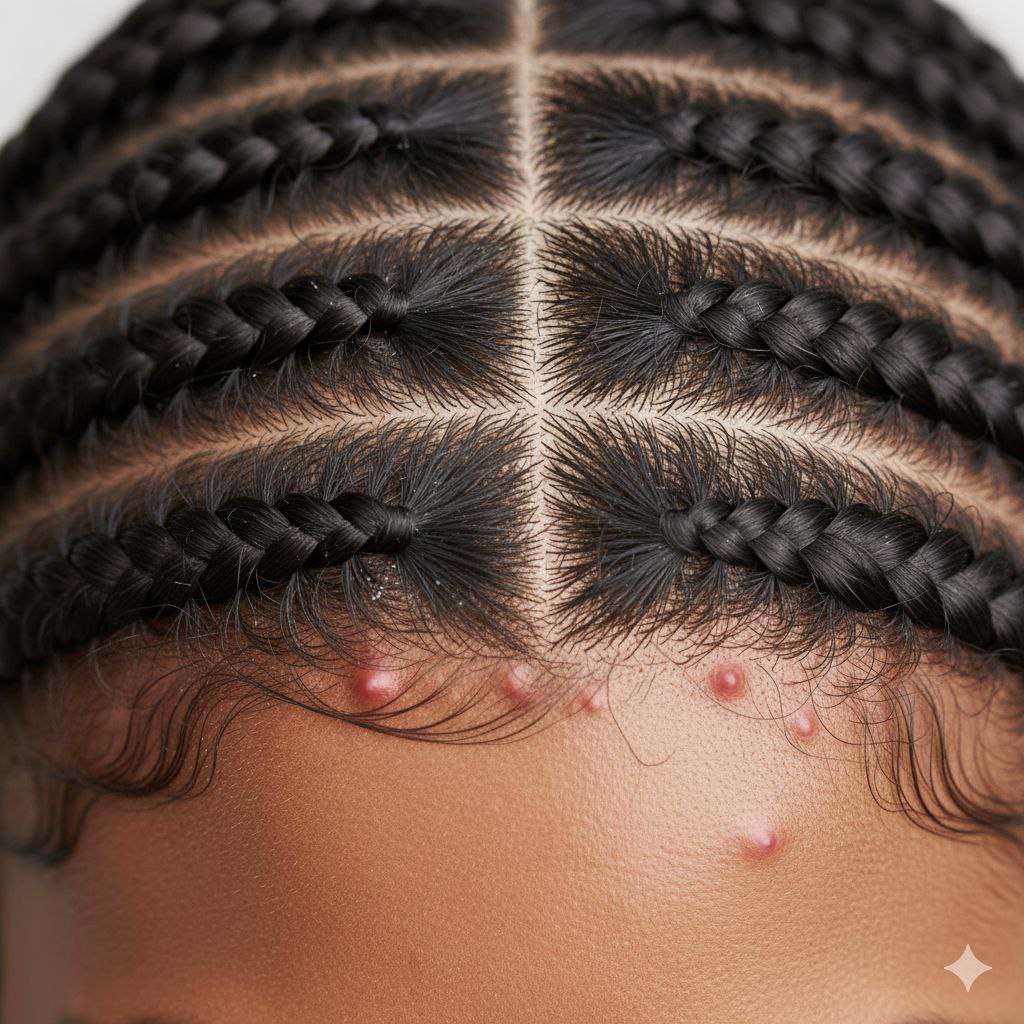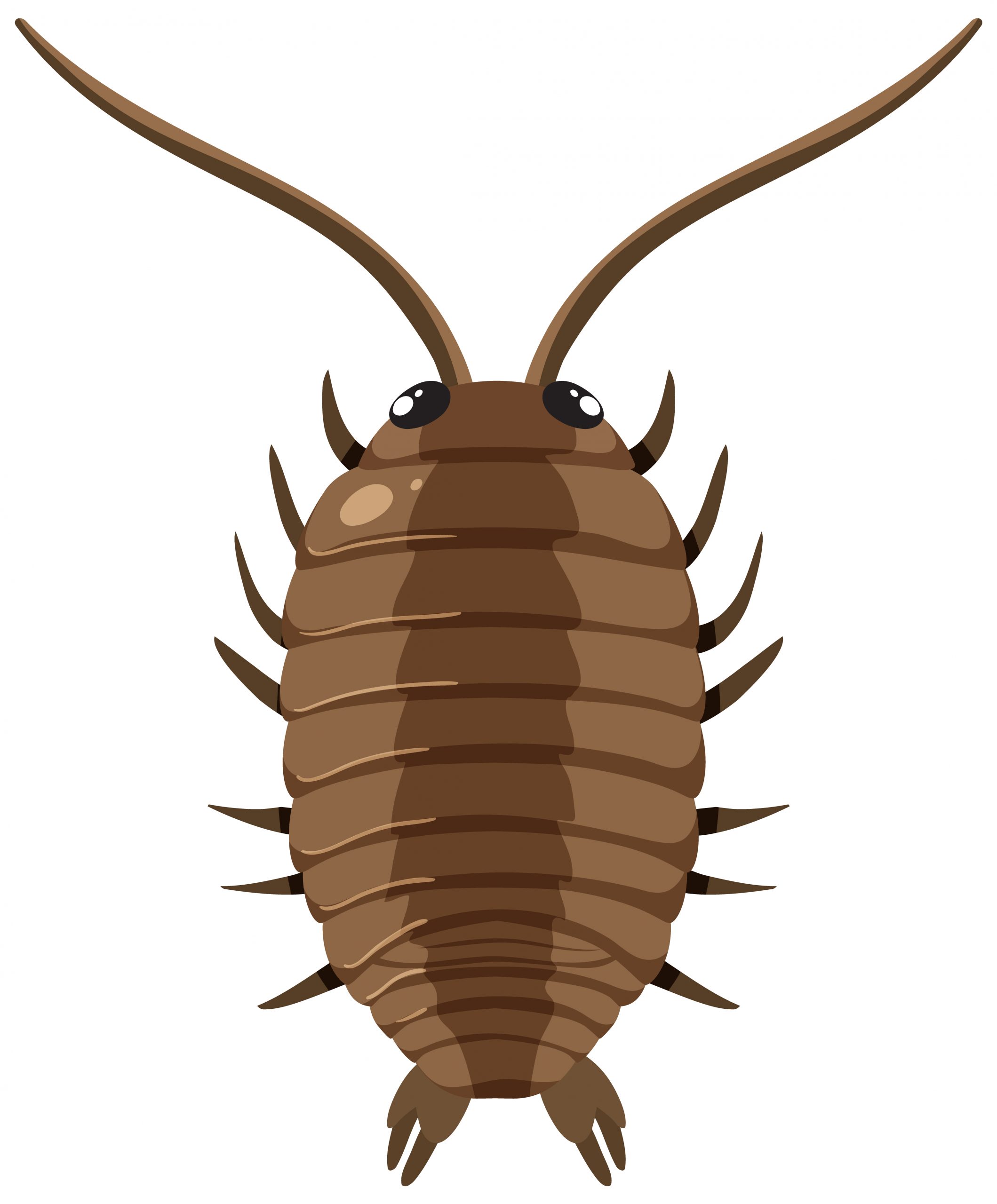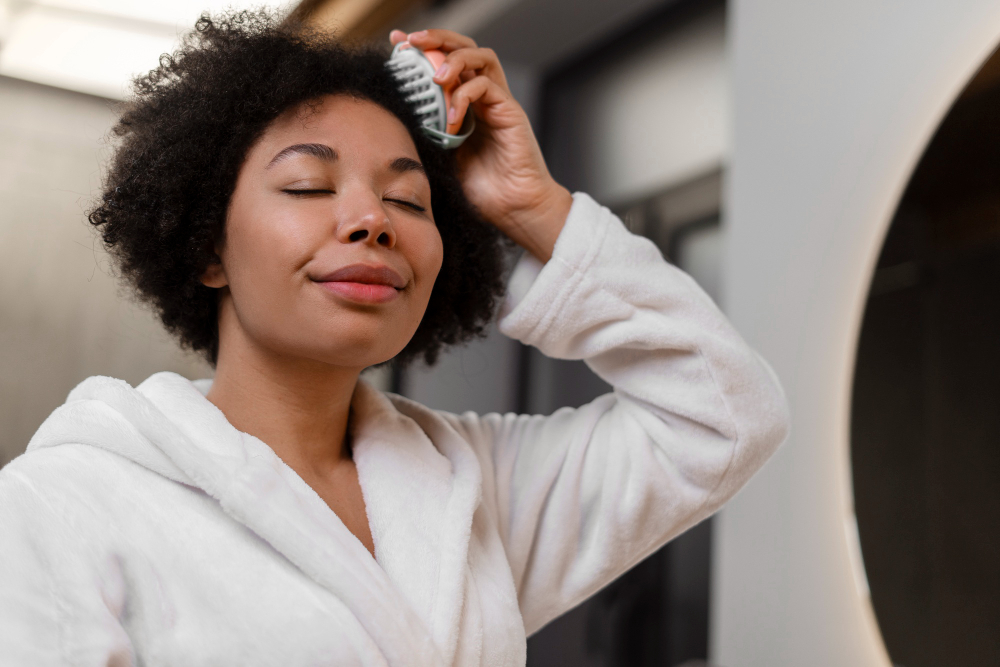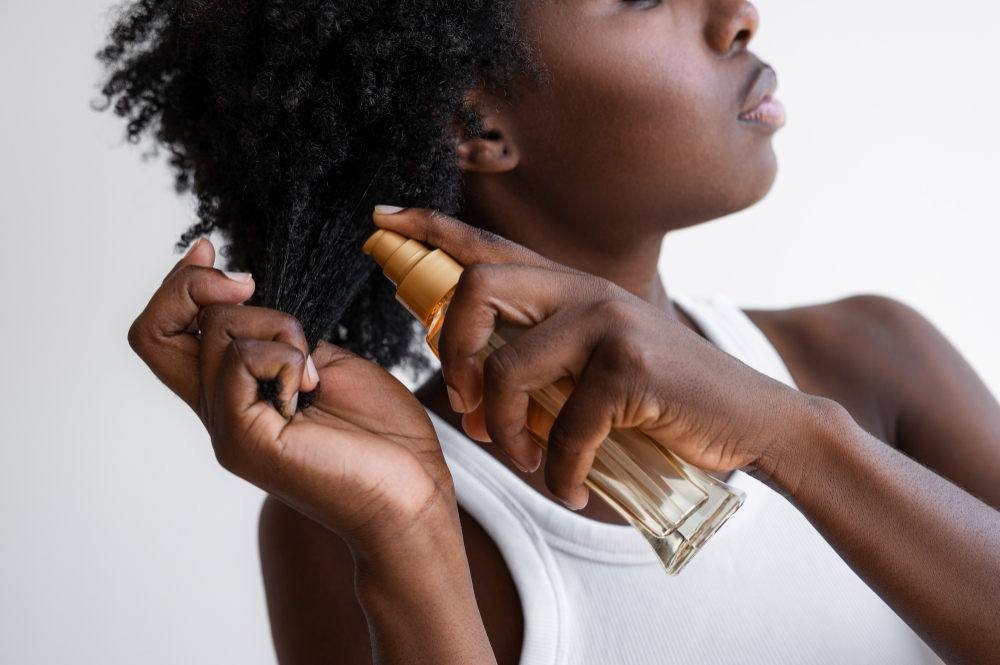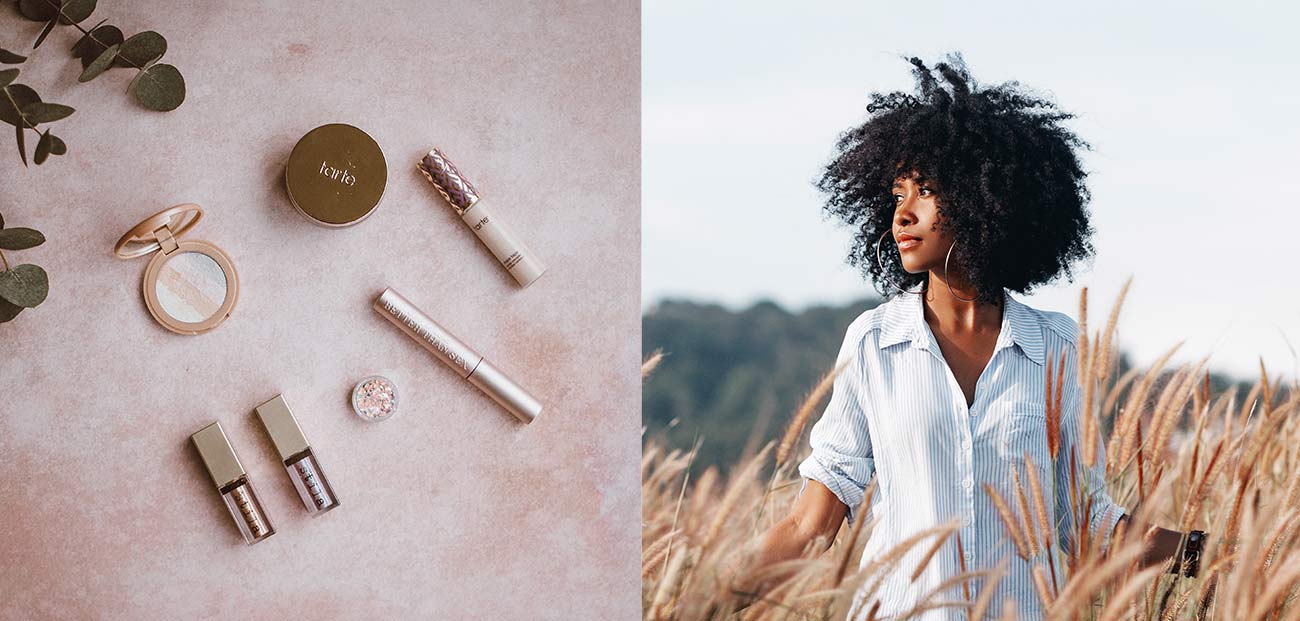Trending Article · 11 mins read
Applying Heat to Natural Hair: All You Need To Know
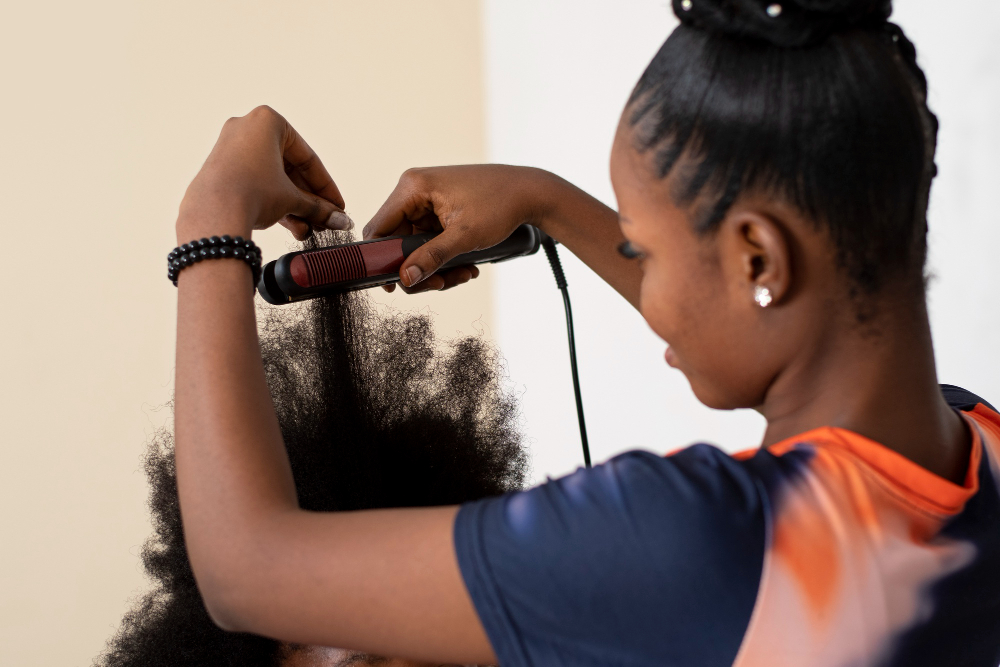
“Should I use heat on my hair?” Applying heat to natural hair is a controversial topic in the natural hair community. Is applying heat to natural hair really bad? In this article, we’ll talk about what applying heat to natural hair means, the best ways to apply heat and more. Let’s get to it.
What Applying Heat to Natural Hair Means
Applying heat to natural hair refers to the use of a heat-based styling tool to achieve straightening or basically alter the hair texture. Some heat-based styling tools are blow dryers, hot combs, or flat irons.
While some natural hair girlies can show proof that the use of heat has helped their hair grow, or has had no adverse effect on their hair, science shows that extreme heat temperatures can change the shape of your hair’s keratin strands, amongst other adverse effects.
These adverse effects that heat can have on the hair are generally classified as “heat-damaged”. The effect of heat damage may not be noticed immediately, but over time, the effect of constantly applying heat to natural hair can be seen.
How can you tell?
Signs of Heat Damage From Applying Heat to Natural Hair
Some signs of heat damage from applying heat to natural hair include:
- Losing your curl pattern
- Increased hair breakage
- Losing elasticity when stretched
- Frizz and dullness
- Losing moisture quickly
Now comes the question.
Should I Use Heat on My Natural Hair?
You can use heat on your natural hair. Save the heat-requiring styles for very special occasions, if you must. But you must do it safely and moderately to prevent heat damage mentioned earlier. How can you achieve this?
How to Apply Heat to Natural Hair Safely
1. Use a heat protectant when applying heat to natural hair
A heat protectant is a must for a natural girlie who likes heat styling. Heat protectants can provide thermal protection for your hair strands and prevent keratin breakdown. So before you whip out your blow dryer or hot comb, ensure you have your heat protectant ready.
2. Style with low or medium temperatures
You can achieve your hairstyle with a medium temperature; it might take a little more time, but at least you keep your hair protected.
3. Remember to moisturize
After using a blow dryer or straightening your hair, remember to use a lightweight leave-in conditioner to moisturize and a lightweight oil to seal that moisture and keep your hair further protected.
4. Don’t heat-style wet hair
This is a no-brainer; natural hair is more delicate in its wet state. Applying heat to natural hair when it’s wet can lead to more breakage. Make sure your hair, even though dry, is well hydrated and moisturized before applying heat to your natural hair.
If you’d like to stretch your hair without applying heat, here are some non-heat styling methods you can try for your natural hair.
Non-heat Methods to Straighten Your Natural Hair
Some straightening methods to try without applying heat to your hair include:
1. African threading
Most naturals already know the African threading method as the easiest way to stretch their hair without applying heat.
All you need to do is apply a good leave-in conditioner and oil to keep your hair moisturized while threaded. You can use Brazilian wool or threads to achieve this look.
Check out this simple video by Pure Estrogen on YouTube.
2. Banding
Banding is similar to African threading; the difference is, you use ouchless elastic bands instead of a thread. Depending on the length and volume of your hair, you’ll need a lot of elastic bands to wrap around till the entire length of your hair.
For short and medium length hair, check out this YouTube video by @Ty'Jalayah Robertson
To see how to do the banding method for long and full hair, check out this Instagram reel by _harrisjanae_
3. Roller sets
Now, this method may not easily be your go-to style for stretching your natural hair, especially if you aren’t good with curling your hair yourself, but it’s definitely a great way to stretch your hair and achieve a new look without heat.
You’d absolutely love this hair styling video of a natural roller set hairstyle with no heat by stylist @Jenniffer Cynthia. Feel free to save it for your next stylist appointment.
Wrapping up
We are confident this article has given you the inside scoop on all you need to know regarding adding heat to your natural hair.
At The HairTalk, we are here to support you in growing your hair and achieving your hair goals using the best methods. So, keep your hair moisturised, if you must use heat, use a heat protectant and keep the temperature low.
We’d love to hear about your unique journey with heat or no-heat styling. Join the community, let’s talk hair!
